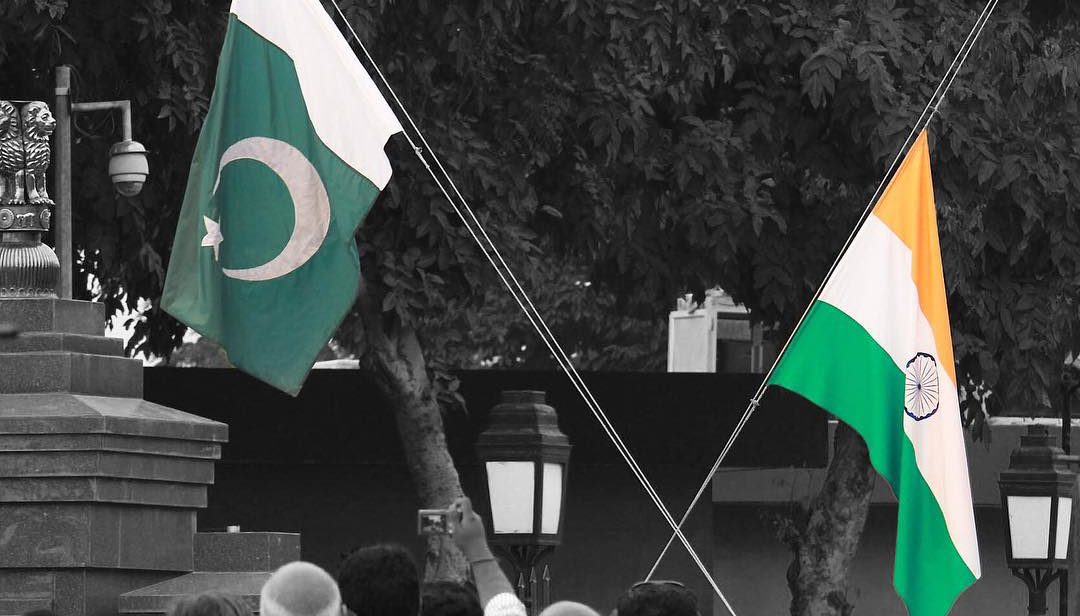
Since the South Asian region became home to two powerful nuclear states, Pakistan and India, the international community has kept a careful watch on both given the subtle nature of the region. The international community’s focus on the region is also because both Pakistan and India never had the blessings of cordial relationships and both have fought three full scale wars and have regular skirmishes on their border. Now, some reports are roaming around stating that Pakistan is stockpiling nuclear weapons at such a pace that it will become the third largest nuclear state by 2025, behind the United State and Russia, and even bypassing China, France, and the United Kingdom. This may very well address the security concerns of Pakistan and the persistent threat of being attacked by India. However, the West and the United States seem unhappy with such developments. So the question arises: what could be the likely outcome if Pakistan attains this nuclear status in the near future?
First, we can expect that too many nuclear weapons in Pakistani possession would unleash a fresh [nuclear] arms race in South Asia. Initially it was India which instigated nuclear threshold in the region by testing nuclear weapons in Pokhran in 1974, and Pakistan followed the same track owing to the threat of being sucked in the regional imbalance of power. However, Pakistani motives were limited and were spinning mainly around the state’s survival against an arch rival and frequent Indian aggression. Consequently, commencing a nuclear program became inevitable for Pakistan as there was no parity in conventional weapons between Pakistan and India. Having nuclear weapons in possession gave Pakistan nuclear parity with India and thus a startling Indian attack has been subverted since 1998 when Pakistan tested nuclear weapons. But now when Pakistan is bypassing India in terms of the number of nuclear weapons, India would unquestionably look for bigger and more resilient options. Already conventional superiority is in India’s favor; therefore, it may look to yield a more robust and unmatched nuclear superiority in the region and beyond. The 2008 Civil Nuclear Deal between India and the United States and India’s quest for entering the Nuclear Suppliers Group (NSG) puts weight behind India already.
Secondly, the international community is greatly worried over Pakistani nuclear weapons, despite the fact that the weapons are heavily shielded and are under a highly sophisticated command and control system. However, the Dr. A.Q. Khan episode was a serious setback to Pakistan’s claim of having a safe and secure nuclear program. Moreover, Pakistan is continuously fighting a war against militants infiltrating in exceedingly sensitive security apparatuses in nearly every corner of the country during the last decade or so. Although no breach or infiltration has been witnessed from militants in the nuclear program or at nuclear sites yet, attacks on the military’s General Headquarters (2009), the Kamra Air Base attack (2011), and the PNS Mehran Karachi attack (2011) and on other major security installations questions the adeptness of Law Enforcement Agencies. Thus, that incompetency could give birth to a calamitous and unwanted nuclear breach.
Thirdly, Pakistan is cooperating with China on several fronts and nuclear technology is no exception. China has established two nuclear reactors in Pakistan while the work on installing two more reactors in Karachi is underway. Furthermore, the security establishment is also seeking to get nuclear submarines and eight diesel electric air independent propulsion (AIP) equipped submarines from China very soon. Analysts believe that Beijing’s help to Islamabad is in response to U.S. nuclear assistance to India, while Washington is distressed with the Chinese increasing Sino-Pak nuclear cooperation. The United States sees India as a counterbalance to the Chinese regional power and therefore it deals with India with a different approach. Washington has turned down every request by Pakistan to deal with it in the same manner as Washington deals with India.
Decades ago when Pakistan and India created their nuclear weapons, the intention was to deter or damage each other, and the number of warheads were very limited. Today the accumulated nuclear weapons of both Pakistan and India can destroy each other and many parts of the world. Additionally, since the two states became nuclear states, relations have neither become cordial nor responsive despite each side’s claim of being a responsible nuclear state. Although there has been skirmishes on the border and terrorist incidents like the Samjhota Express (2007) and the Mumbai attacks (2008) have dented ties and brought the two nations to the brink of war, full-fledged war has never erupted since both states gained nuclear status. It doesn’t necessarily mean the region has achieved ultimate peace. Instead nuclear weapons are only halting the outbreak of full-out war for the time being, but weapons are obviously not made for putting in the showcase. Any catastrophic event in the future can trigger nuclear war in the region. It is an immediate need to defuse tensions in South Asia, and this can be done by active diplomatic maneuvering by the United States and other powers that are concerned for regional harmony.
***
Image: Umair Khan, Flickr


